Research
Improving diversity and equity in STEM education
In STEM learning settings throughout kindergarten to post-secondary level, we have observed that some students learn better than others. What causes this discrepancy? Why are some students able to access the curriculum and others are not? What makes some learners participate in learning practices and develop identities conducive to their learning while some do not? These are the fundamental questions that we ask in conducting our research, and we approach it from the ideas of discourse, identity, community, and learning contexts, among others. Currently, we have two research projects under this research area.
Project RESET (Refugee Youth Engaging in Science Exploration for Transformative Purposes, NSF DRL # 1612688):
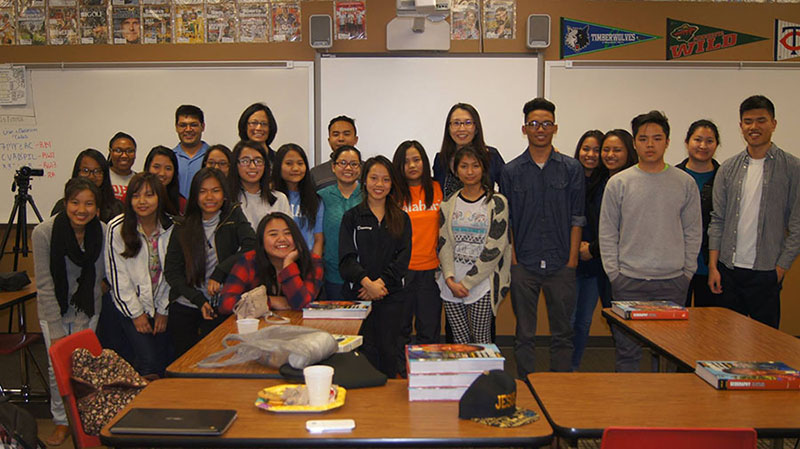
The number of K-12 learners who immigrated to the United States and speak English as a new language is increasing and many of them come from resettled refugee backgrounds. Roughly a million refugees resettled in the United States in the past decade, many of whom are school-aged children. American society and educational systems face an urgent need to support these youth as they become independent members of a 21st century workforce while leveraging their rich and diverse cultural and linguistic resources. While these students face various challenges in school in learning English and academic content, they also bring enormous resources that educators can draw on and peers can learn from. Project RESET designs an afterschool learning environment in which resettled refugee youth learn STEM content building on their rich linguistic and knowledge resources and develop critical STEM literacy for transformative purposes. While implementing the program, our group collects data through video recordings and interviews and analyze data in order to understand the youth’s engagement and learning. Our research goal is to capture the moments in which youth participants enact critical agency and identity, to revise the program to extend opportunities for transformative learning, and to provide the program to a broader group of youth.
Professional development for K-12 science teachers in linguistically diverse classrooms (NSF DRL #1813937)
To address challenges in teaching science in linguistically superdiverse classrooms, this project engages high school science teachers in a sustained professional development (PD) program embedded in an afterschool science program. The project targets science teachers (chemistry, physics, biology, and earth science) who teach in a high school that enrolled a number of resettled refugees and English learners from Myanmar, Central America, and Africa. In the target school, roughly 20% of the students are classified as ELs, representing almost 20 different linguistic groups, including a variety of Asian, Spanish, African and Arabic languages. Through a year-long, practice-based PD program, the team hopes to engage teachers in a sustained community of practice through collaboration between researchers and teachers and advance their teaching practices to better support ELs’ learning.
Development of innovative pedagogical approaches in STEM education
We often see some students who are bored to learn science they find irrelevant to their lives or who perform very well in standardized tests yet do not know how to apply the knowledge in other situations. What is wrong with the way we teach STEM? Can we think of new ways of engaging and teaching youth that enable them see the relevance of STEM content and draw on knowledge when it is needed? To respond to this challenge, our team always strives to develop innovative pedagogical approaches in STEM. It is our ongoing effort in all our teaching and professional development.
STEM integration education:
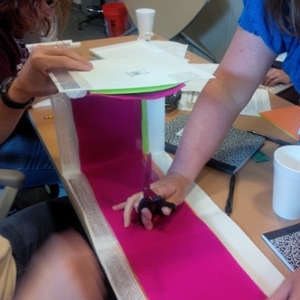
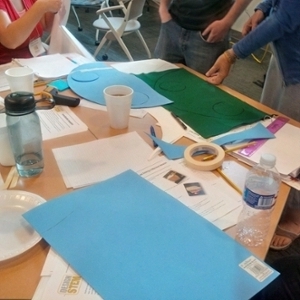
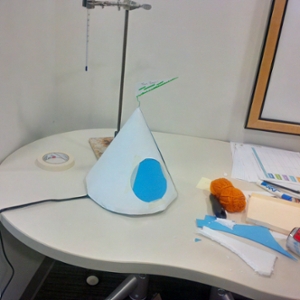
Learning chemistry through designing energy-efficient houses
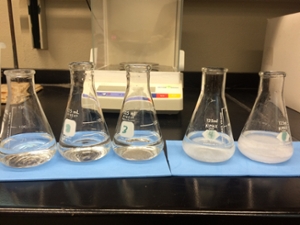
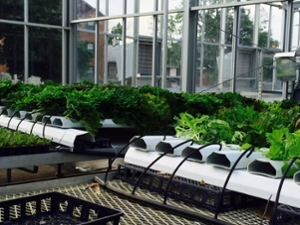

Learning chemistry through hydroponics
We develop pedagogical methods and curricula that integrate multiple disciplines of STEM. In developed curricula, learners are encouraged to see how chemistry is connected to other disciplines like engineering and agriculture, the implications of chemistry knowledge and use of it in engineering and agriculture contexts, and the relevance of STEM knowledge to the problems that human beings are facing in the 21st century such as climate change, energy and food security, and water shortage. As researchers, we examine what are the impacts of integrated STEM education on students’ learning and how students engage in such reasoning that we put forward. We implement integrated STEM education in K-12 schools and college level science education programs.
Preparation of high-quality STEM teachers
We need high-quality teachers for better STEM education. We believe teachers who teach STEM in any school grade level need to have a solid understanding of the core content of the discipline and enjoy disciplinary reasoning themselves. Good teachers will inspire students and help them also like thinking about and pursuing science. Our team is interested in developing ways to advance teachers' and pre-service teachers' knowledge in chemistry and science, scientific reasoning, and interests and self-confidence in science.
Chemistry Education for Pre-service Elementary teachers:
Our current work focuses on teaching and learning of chemistry for future elementary teachers. We are innovating new methods and labs in the chemistry course for future elementary teachers and examining their impacts. Also, we look into how future elementary teachers view chemistry, reason about everyday phenomena relevant to chemistry, and see themselves as a learner and teacher of chemistry.
Training of graduate TAs
